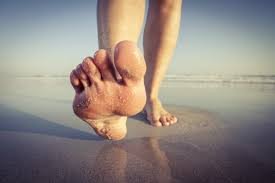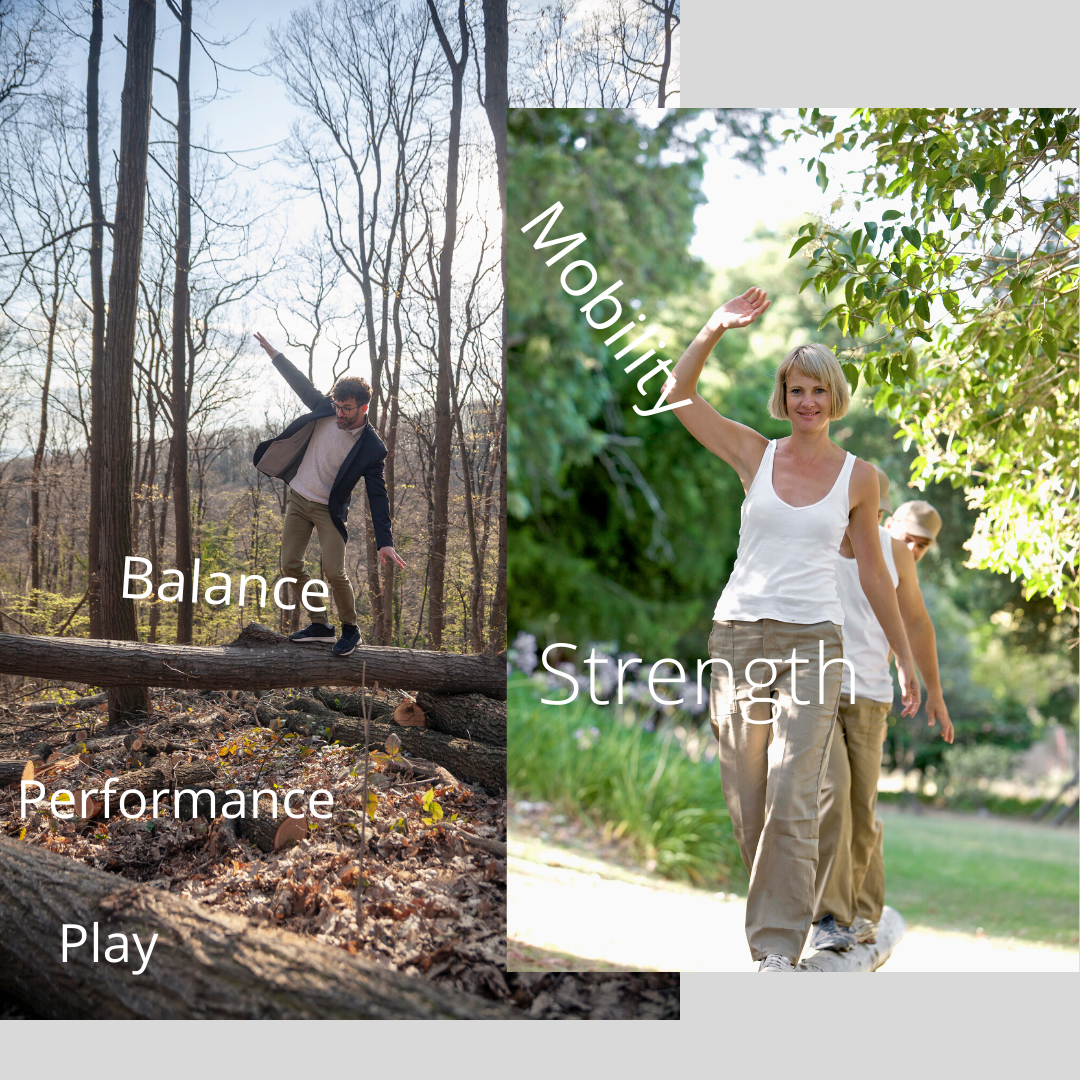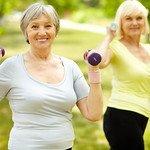Baby feet. So small, chubby and wide. We are born with toes wider than the rest of our foot. Unfortunately, once we throw shoes on most distort our feet into unnatural shapes. Being barefoot as much as possible is key to continued strength of the arch muscles of the foot, continued balance, proprioception and well-aligned bones. It also moves up the chain to healthy knees, hips and backs.
Of course shoes are needed for school, work and cold weather. If you are wearing shoes with heels - even most athletic shoes and running shoes have a heel lift - give your body the gift of slowly transitioning to being closer to the ground.
Here are some tips for finding your next pair of shoes for you or the kids in your life…
1. Wide toe box – when trying on shoes, take out the insole if you can. Step on the insole with toes spread. If toes are wider than the insole, the shoe is too narrow. For running/walking shoes, Altra and New Balance have wide toe boxes and still have cushioning until you’re ready for less under your feet.
2. Flat – the shoe should be flat from heel to toe. This is what’s called zero drop. Flat is the goal, but this is the change where if it’s done too drastically your muscles and other tissues will rebel. Slowly change the heel-to-toe drop. For example many running and athletic shoes may have a 12 mm drop so don’t change to a 4 mm drop shoe; pick a 8-10 mm shoe for your next one.
3. Flexible – look for shoes you can bend with your hand. Can you bend it in half? Can you twist it? Thick, sturdy marshmallows under our feet are not allowing the muscles of the feet to adjust to the ground and stay strong.
The more you transition to kicking off your shoes when possible, the more your feet will thank you.
Shoes we wear and recommend.:
Cushioning underfoot with wide toe box
Altra Shoes https://www.altrarunning.com/ Topo https://www.topoathletic.com/
Minimalist/Barefoot
Soft Star Shoes - https://www.softstarshoes.com/ Vivobarefoot https://www.vivobarefoot.com/us/ Xero Shoes https://xeroshoes.com/ Lems Shoes https://www.lemsshoes.com/ Unshoes https://www.unshoesusa.com/ MINIMALIST CLEATS! https://www.naturathletics.us/
Written by Kristina Cagno, MA
Sources:
Bowman, K. Whole Body Barefoot. Here is Katy Bowman’s list of minimal shoes for kids and adults.
Dicharry, J. , Anatomy for Runners
Gangemi, S. Get Your Kids Active and Healthy – Outside! http://sock-doc.com/movnat-kids/
©2019, 2023 Cagno Fitness LLC

















